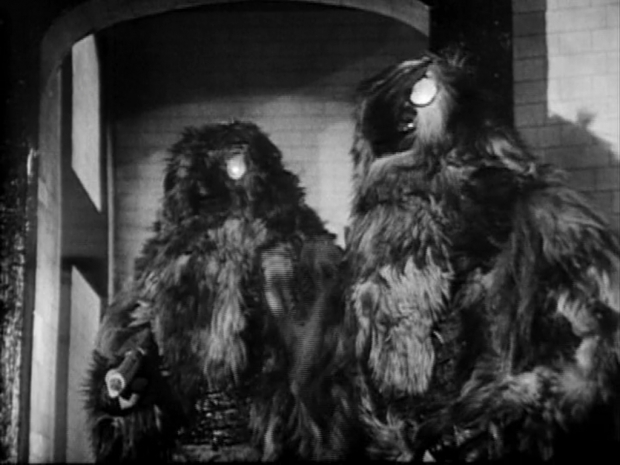Vole’s Principal Data Scientist Manager T. J. Hazen said the programme is part of Liebherr household appliances division’s digital initiative, and involves building a new generation of the SmartDeviceBox.
This is a communication module which fits into Liebherr refrigerators and freezers and connects them to the internet.
Because fridges tend to last a lot longer than computers, the system is based around modular units which can be integrated and upgraded at any time. A Liebherr fridge will help in shopping and planning meals with intelligent food management.
“Stored groceries can be monitored using internal cameras and object recognition technology. This process not only captures images for viewing but also recognizes individual food items inside the refrigerator. This information flows automatically into an inventory list, which lets the customer see quickly and clearly what is in the refrigerator from anywhere. Using the SmartDeviceBox voice module, additional groceries can be added to a shopping list that customers can access when on the move using an app for iOS, Android or Windows devices,” Hazen said.
The whole lot is based around Microsoft’s deep learning technology. Volish boffins built a new image processing system to detect specific food products present inside a Liebherr refrigerator. Starting with a general purpose computer vision model learned from millions of generic images, the Microsoft system can learn to recognize what is in your fridge.
When a new image from inside a refrigerator is provided to the newly learned model, it can detect the presence of the objects it has seen before, during training.
This is not really a problem for the Fudzilla fridge which has never seen salad. All it would have to know is how much beer it has stored and what that substance stuck to the back wall used to be (because we don’t know). Still it should be able to prevent the ice monster which strangles the freezer and prevents us storing our microwave frozen pizzas.




